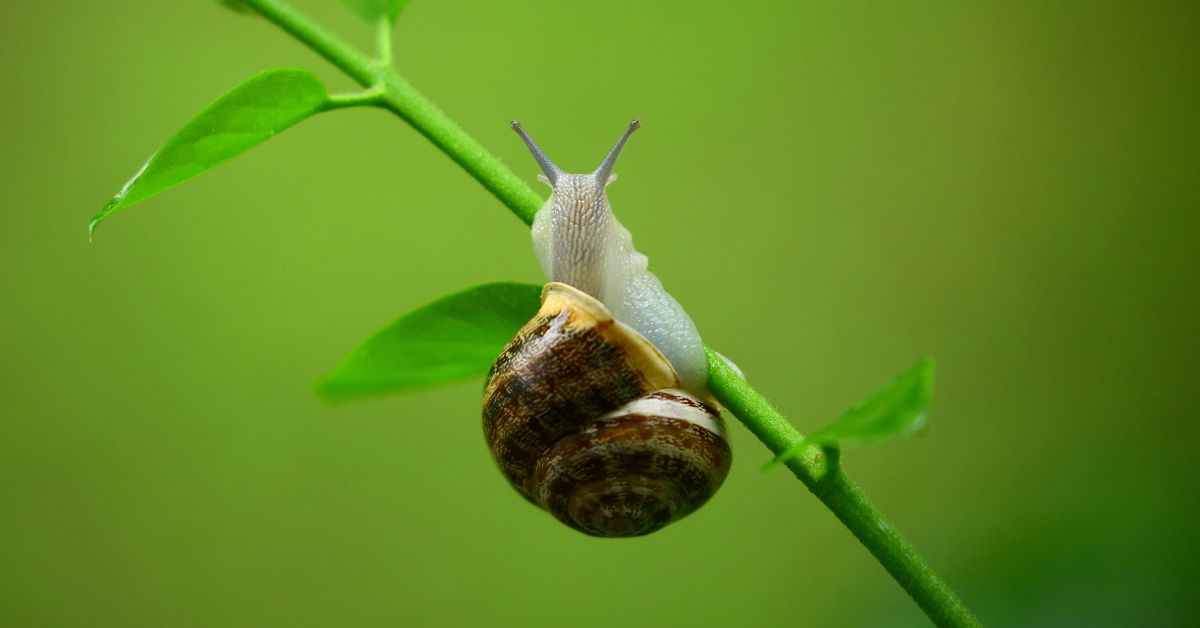1 Organic control
Uses organic products based on iron, iron phosphate or nematodes (small parasitic worms that attack slugs and snails) to control the population of these pests without harming the environment.
2 Physical barriers
Create barriers to prevent slugs and snails from accessing crops. Use coarse sand around plants as they don't like crawling on these uneven, dry surfaces.
3 Repellent plants
Some plants have natural repellent properties against slugs and snails. Plant species such as basil, rosemary, lavender, sage or marigold near vulnerable plants to help ward off pests.
4 Proper watering
Avoid watering plants at night, as this creates a humid environment that is conducive to slugs and snails. We recommend watering in the morning, allowing the soil to dry during the day.
5 Keep the garden clean
Remove plant remains and debris that could provide shelter for slugs and snails.
6 Crop rotation
Alternate crops in the garden to prevent slugs and snails from adapting and multiplying in a single location.

